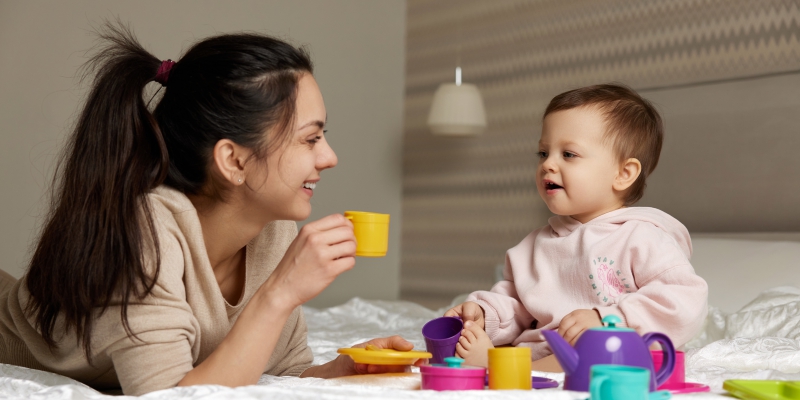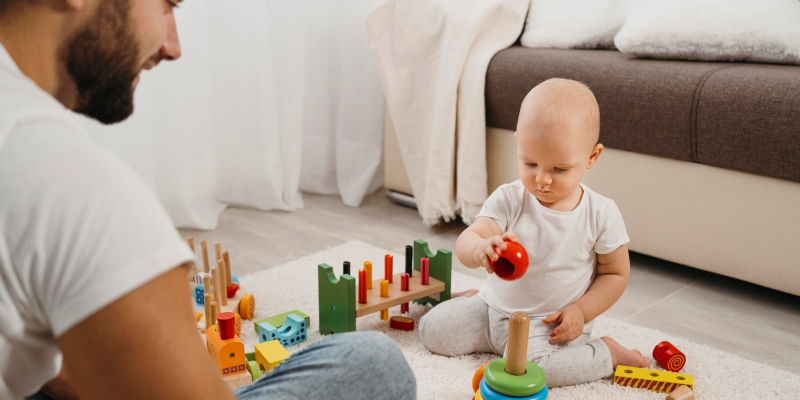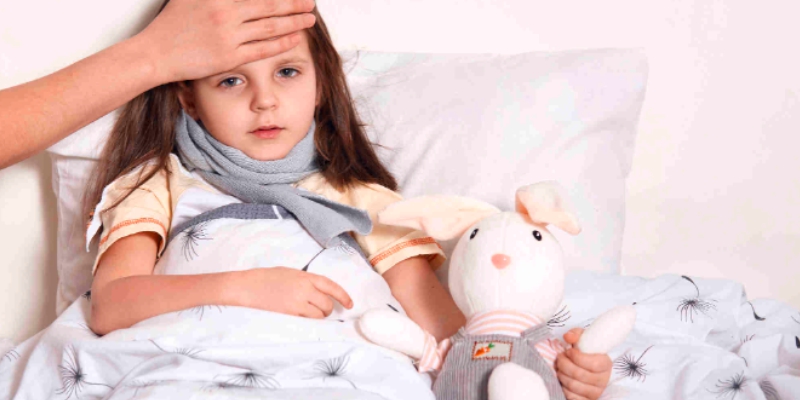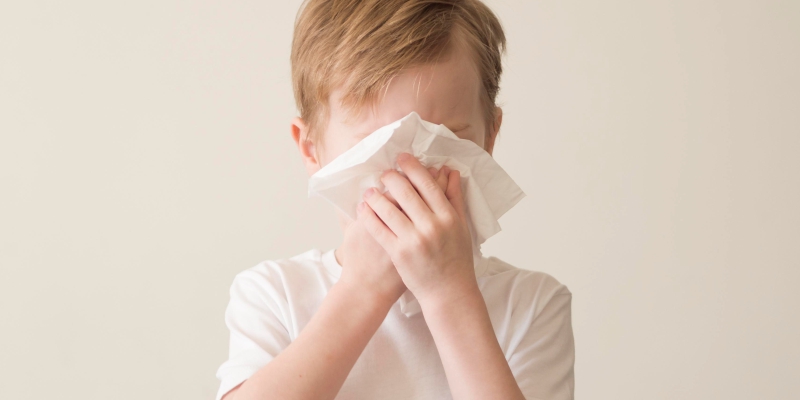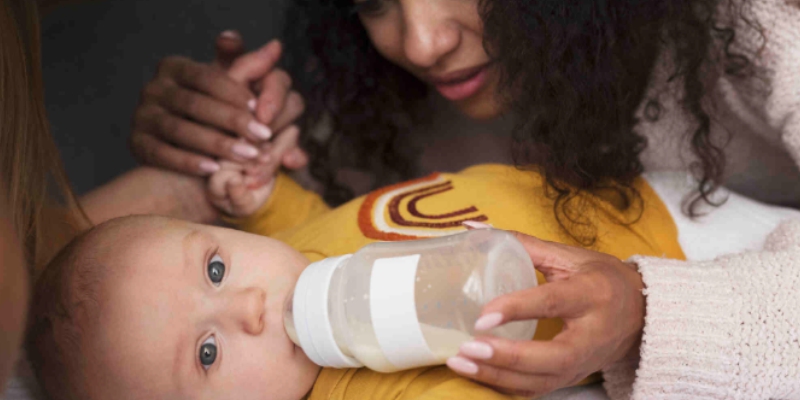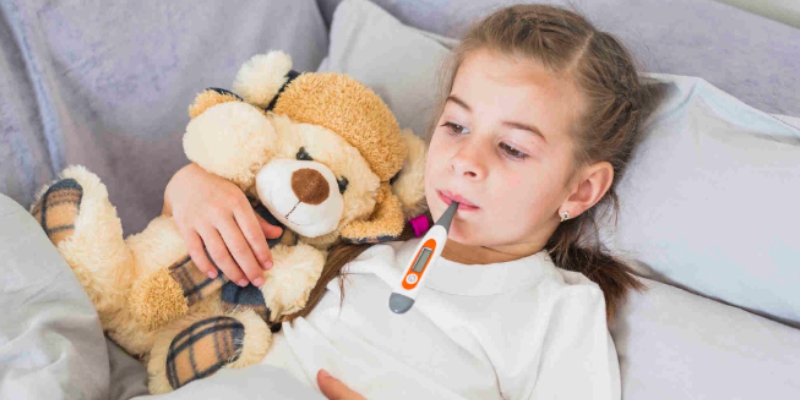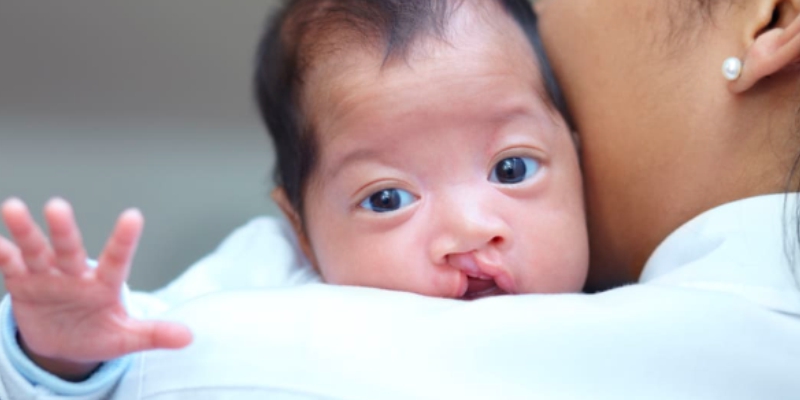Author: Dr. Sonal Singhal
MBBS, MD
Senior Consultant – Obstetrician & Gynaecologist
Building a Strong Mother-Baby Bond – Essential Tips for the First Year:
The bond between a mother and her baby, established in the first year, is fundamental for the child’s emotional and mental development. According to Dr. Sonal Singhal, MBBS, MD, Senior Consultant – Obstetrician & Gynaecologist, In India, this bond is nurtured within a rich tapestry of cultural and familial values. The importance of this period cannot be overstated, as it lays the foundation for the child’s future emotional health and social interactions. This section will delve into the critical nature of the mother-baby bond, highlighting its role in the holistic development of the child within the Indian cultural context.
Cultural Perspectives on Mother-Baby Bonding
In India, mother-baby bonding is deeply interwoven with cultural practices and beliefs. These practices, ranging from traditional methods to contemporary approaches, significantly influence how mothers in India connect with their newborns. This section will explore various cultural aspects that shape the bonding experience in Indian families, providing a comprehensive understanding of how these practices support and enhance the mother-child relationship.
Breastfeeding and Bonding
The Role of Breastfeeding in Bonding Breastfeeding is a natural process that significantly enhances the mother-baby bond, especially in the first year. In India, it is regarded as much more than a mere nutritional act; it’s a cherished bonding ritual. This section will focus on how breastfeeding fosters an intimate connection between mother and child, facilitating a sense of security and love. The psychological and emotional aspects of breastfeeding in the context of Indian culture will also be explored, illustrating its profound impact on the bonding process.
Overcoming Breastfeeding Challenges
Despite its importance, breastfeeding can come with challenges for many Indian mothers, such as societal pressures, physical discomfort, and lack of proper guidance. Addressing these challenges is crucial for maintaining a healthy bonding process. This section will offer practical advice and solutions to common breastfeeding issues faced in India. It will also highlight the support systems and resources available to Indian mothers, helping them overcome obstacles and ensuring a positive breastfeeding experience that strengthens the mother-baby bond.
Skin-to-Skin Contact
Benefits of Skin-to-Skin Contact Skin-to-skin contact, a practice where the baby is placed directly on the mother’s chest, is crucial for developing a strong bond. This method, recognized globally and increasingly adopted in India, has profound benefits. It helps regulate the baby’s body temperature, heart rate, and stress levels, while also fostering a deep emotional connection. This section will discuss how Indian mothers can incorporate skin-to-skin contact into their daily routine and the significant impact it has on nurturing the mother-baby bond.
Implementing Skin-to-Skin Contact in Indian Households
Adopting skin-to-skin contact in the Indian context may come with its own set of challenges, given the diverse cultural and social norms. This part of the article will provide practical tips for Indian mothers on how to effectively practice skin-to-skin contact. It will cover aspects like overcoming common barriers in traditional households and finding support within the family structure. The goal is to empower Indian mothers to embrace this practice as a vital part of their bonding journey with their newborns.
Responsive Care Techniques
Understanding and Responding to a Baby’s Needs Responsive care is about attentively understanding and meeting a baby’s needs. For Indian mothers, this means learning to read and respond to their baby’s cues, such as hunger, discomfort, or the need for sleep and affection. This section will detail the importance of responsive care in strengthening the mother-baby bond and provide insights into how Indian mothers can develop this intuitive understanding, enhancing their connection with their babies.
Responsive Care in the Indian Context
In India, responsive caregiving can be influenced by cultural expectations and family dynamics. This section will explore how Indian mothers can balance traditional caregiving practices with responsive care principles. It will offer guidance on navigating the challenges of adhering to cultural norms while ensuring the baby’s needs are met in a nurturing and attentive manner. The focus will be on empowering Indian mothers to trust their instincts and seek support when needed to provide responsive care.
Emotional Support for New Mothers
Importance of Maternal Emotional Well-being The emotional health of a new mother is vital in forming a nurturing bond with her baby. In the Indian context, where postpartum practices and familial roles play a significant part, the mother’s emotional state can profoundly impact her bonding with the child. This section will discuss the importance of supporting the emotional well-being of new mothers, and acknowledging the unique pressures and challenges they face in India. It will also highlight the connection between a mother’s emotional health and her ability to bond with her baby.
Support Systems and Resources in India
Emotional support for new mothers in India can come from various sources, including family, healthcare providers, and community groups. This section will explore the different types of support available to Indian mothers, focusing on how these resources can help them navigate the emotional challenges of new motherhood. The aim is to provide insights into building a strong support network, ensuring that mothers receive the care and understanding they need during this critical phase, which in turn enhances the mother-baby bonding experience.
Overcoming Challenges in the First Year
Navigating Common Challenges The first year of motherhood is filled with numerous challenges that can impact the mother-baby bond. Indian mothers, in particular, may face specific issues such as adapting to new parenting roles, managing societal expectations, and dealing with physical and emotional changes. This section will address these challenges, providing practical advice and strategies to help mothers maintain a strong bond with their babies. It will focus on empowering Indian mothers with knowledge and tools to navigate this transformative period effectively.
Balancing Tradition and Modern Parenting
In India, where traditional practices often coexist with modern parenting approaches, finding a balance can be challenging for new mothers. This section will explore how Indian mothers can integrate traditional wisdom with contemporary parenting techniques to strengthen the mother-baby bond. It will guide managing the expectations and pressures from family and society, helping mothers forge their unique parenting path that respects cultural values while focusing on the well-being of both mother and child.
In conclusion, the first year of a baby’s life in India is a precious time for nurturing a strong mother-baby bond. This bond is deeply influenced by cultural practices, breastfeeding, skin-to-skin contact, responsive care, and emotional support for new mothers. Embracing these elements with cultural sensitivity and a modern outlook allows Indian mothers to overcome challenges and create a lasting connection with their newborns. Building a robust mother-baby bond not only ensures the child’s emotional and social well-being but also enriches the journey of motherhood. It’s a journey filled with love, understanding, and the promise of a brighter future for both mother and child.
Dr. Sonal Singhal will respond to your query as soon as possible. For emergencies, please call and reach Motherhood Hospital, Mohali.
At Motherhood Hospitals, we have a team of experienced supers specialists backed by the latest infrastructure and facilities. We have the best gynecologist in Gurgaon. We are experts in handling complex deliveries, gynecological, and other surgeries including a range of laparoscopic surgeries.
Do make an appointment with the best woman’s care hospital in Gurgaon at a center closest to you. Please meet with our doctors who will carry out the required investigations, diagnose the issue, and recommend the most appropriate treatment, enabling you to lead an active life.
If you wish to contact Dr. Sonal Singhal please book your appointment here.


 Toll Free Number
Toll Free Number







